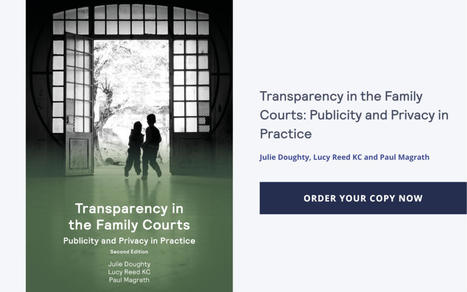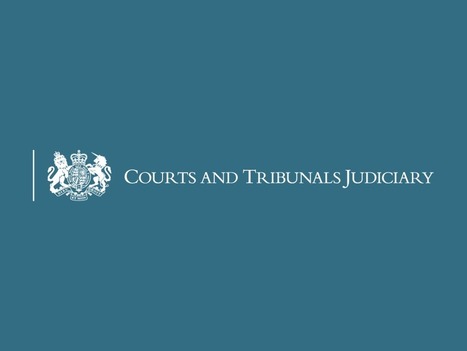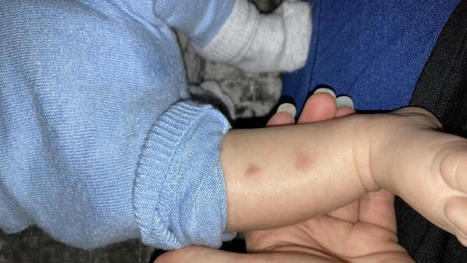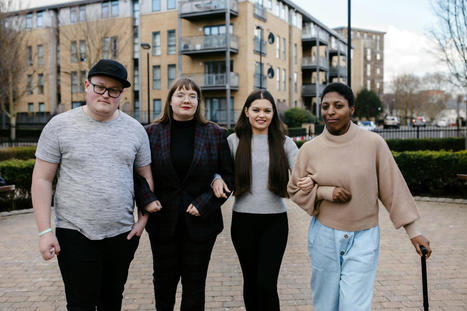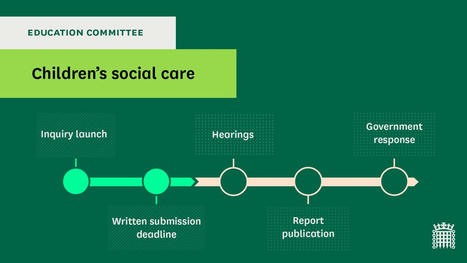Children's Commissioner for England finds huge variations in child in need plan rates and urges national thresholds...

Kuba Bartczak's curator insight, May 31, 4:05 PM
Artykuł z Community Care ujawnia istotne nierówności w dostępie do wsparcia dla dzieci potrzebujących pomocy w Anglii, określanych jako "children in need" (CIN). Raport opublikowany przez Komisarza ds. Dzieci, Rachel de Souza, wskazuje na znaczące różnice między poszczególnymi gminami w zakresie liczby dzieci objętych planami CIN, częstotliwości wizyt pracowników socjalnych oraz długości trwania tych planów. W niektórych rejonach aż 63% dzieci po skierowaniu do opieki społecznej nie otrzymuje dalszego wsparcia, podczas gdy w innych wskaźnik ten wynosi zaledwie 1,6%. Dodatkowo, wiele gmin nie ustala minimalnych standardów dotyczących częstotliwości wizyt dzieci objętych planami CIN, co może prowadzić do braku odpowiedniego wsparcia dla najbardziej potrzebujących. Komisarz podkreśla, że brak jednolitych wytycznych oraz spójnych danych dotyczących dzieci objętych planami CIN utrudnia ocenę skuteczności tych działań. W związku z tym apeluje o wprowadzenie krajowych standardów oraz ram oceny wyników, aby zapewnić sprawiedliwy dostęp do wsparcia dla wszystkich dzieci w potrzebie. Raport wskazuje również na konieczność lepszego monitorowania i dokumentowania postępów dzieci objętych planami CIN, aby skuteczniej zapobiegać eskalacji problemów i ewentualnemu umieszczeniu dziecka w pieczy zastępczej. Komisarz zaznacza, że odpowiednie wsparcie w ramach planów CIN może nie tylko poprawić jakość życia dzieci, ale także zapobiec poważniejszym interwencjom w przyszłości. Wnioski zawarte w raporcie podkreślają potrzebę systemowych zmian w podejściu do wsparcia dzieci w potrzebie w Anglii.
Sign up to comment



 Your new post is loading...
Your new post is loading...


